Mark Major, founding director of international lighting design practice Speirs + Major, speaks to Indesignlive about his biggest challenges and his ‘less is more’ philosophy.
June 10th, 2011
London-based design firm Speirs + Major have an impressive portfolio of major projects and key collaborations under their belt, having recently illuminated the interior of St Paul’s cathedral and worked with likes of Tom Dixon, and current projects including a collaboration with Anish Kapoor.
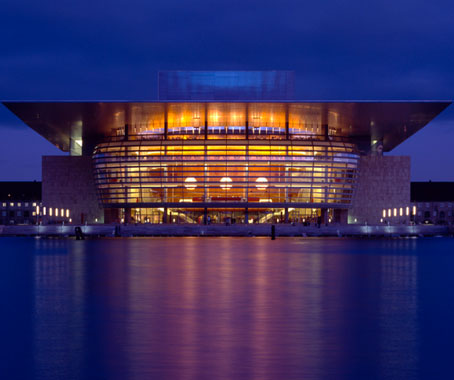
Copenhagen Opera House, Denmark
For all their major projects, however, Speirs + Major are just as likely to take on a small project with a minimal budget – such as Maggie’s Centre, a cancer care centre by Rogers Stirk Harbour + Partners, which took out the Stirling Prize for RIBA Building of the Year in 2009.
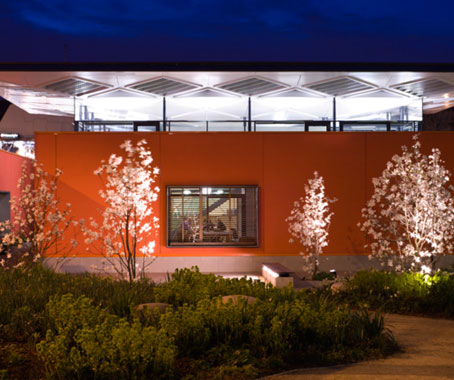
Maggie’s Centre, London
In Sydney to present a keynote speech as part of the inaugural SPARC International Lighting Event, Mark Major, founding director of Speirs + Major, sat down with Indesignlive to give an insight into the practice.

Tell me about your work illuminating cathedrals. It must involve a lot of subtle light and sensitivity?
I think one of the most beautiful forms of light you can work with is candlelight. There’s something very intrinsically emotionally beautiful about candlelight and firelight that we just have that connection with – we don’t have to explain it, we just know it.

St Paul’s Cathedral, London
So to a certain extent we try to get that. [For St Paul’s] we were talking about these sorts of effects saying, well it’s sort of like soft candlelight. Sometimes we look at nature and those sorts of effects and we try to keep our minds on how we create those effects.
You’ve spoken about how important it is not to lose that sense of nature through artificial light.
We all have a connection with natural light that is inbuilt, and I think we’ve always used artificial lighting as a very blunt instrument. The miracle with electric light was that it worked at all; and with anything, the fact that we can provide light doesn’t mean to say we have to.
Sometimes we forget, at our peril, as to why we’re even bothering to use it. It’s only when we don’t have it that we appreciate it and how little we need.
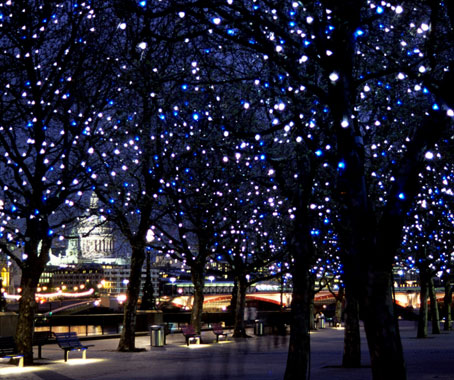
Queen’s Walk, Southbank, London
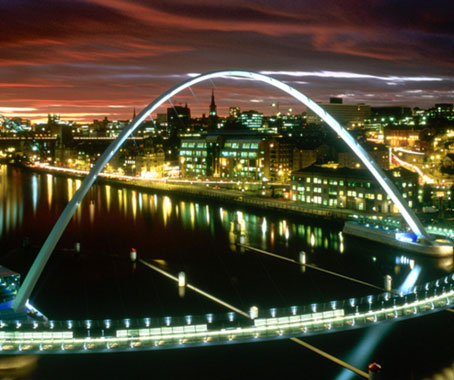
Gateshead Bridge, Newcastle, UK
As technology improves does it become more possible to pare back our use of light?
It does, but I have a horrible feeling that as technology comes along it will be quite the opposite. I think we may just use more LEDs.
It’s a little like traffic – you build a road and you think ’this is great, there’s a new road here and there’s hardly any traffic on it’, and then you come back in a year and it’s jammed.
I think it’s going to be the same with lighting technology. I think what we should be doing is questioning our use of light. If we use less light we will save energy. People are telling us to save energy; what I’m saying is no – save light.
Debate with yourselves whether you actually need this much light. And if you don’t then don’t use it, that’s terrific – the by product is that we save energy. But I think it’s the wrong way round at the moment.
What is the most challenging project that you’ve worked on?
For me personally, St Paul’s. It was a very challenging project at every level. We’ve just started working on another cathedral now – the Canterbury Cathedral – which I imagine will present an even greater challenge, being much older and even more difficult to accommodate lighting instruments.
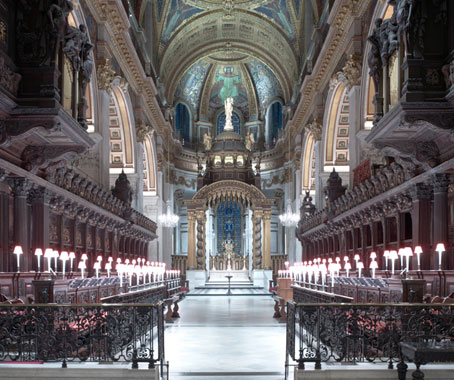
St Paul’s Cathedral, London
It takes a lot of subtlety. We’re examining how we might use all LED technology, and that is a real challenge because we know the types of effect we want – the softness, the subtleness, the beauty, certainly the candlelight effect – but how we actually achieve those effects is the big challenge.
Speirs + Major
speirsandmajor.com
INDESIGN is on instagram
Follow @indesignlive
A searchable and comprehensive guide for specifying leading products and their suppliers
Keep up to date with the latest and greatest from our industry BFF's!

To honour Chef James Won’s appointment as Gaggenau’s first Malaysian Culinary Partner, we asked the gastronomic luminaire about parallels between Gaggenau’s ethos and his own practice, his multidimensional vision of Modern Malaysian – and how his early experiences of KFC’s accessible, bold flavours influenced his concept of fine dining.

XTRA celebrates the distinctive and unexpected work of Magis in their Singapore showroom.

Elevate any space with statement lighting to illuminate and inspire.

Within the intimate confines of compact living, where space is at a premium, efficiency is critical and dining out often trumps home cooking, Gaggenau’s 400 Series Culinary Drawer proves that limited space can, in fact, unlock unlimited culinary possibilities.
“Melbourne Fringe was founded in 1982 and is an umbrella organisation supporting and advising a large number of independently run arts companies, artists and events”
“Melbourne Fringe Festival, the principal activity of the organisation, aims to bring the most contemporary, innovative and trend-setting work created and presented by independent artists, to the broader Melbourne audience”.

Instilling a workplace with heart and soul, Medibank’s Sydney office, designed by Gray Puksand, puts the user experience front and centre.
The Laminex Group recently hosted a series of new product launch events in key capital cities – Sydney, Adelaide, Melbourne, Brisbane and Perth. Over 1000 customers Australia-wide enjoyed an exclusive preview of new Laminex 180fx surfaces, Laminex Freestyle Curve surfaces, Laminex Silk Finish, Laminex Aluminium Framed doors and more.
The internet never sleeps! Here's the stuff you might have missed

Stephen McGarry redefines architecture as an emotive and contextual artform, blending storytelling, material sensitivity, and cultural memory in his shortlisted Bruce Street project.

At a time when collaboration is often leveraged as a vehicle for brand amplification rather than a genuine exchange of ideas, Bankston and Sans-Arc Studio offer a compelling rejoinder.

It’s widely accepted that nature – the original, most accomplished design blueprint – cannot be improved upon. But the exclusive Crypton Leather range proves that it can undoubtedly be enhanced, augmented and extended, signalling a new era of limitless organic materiality.